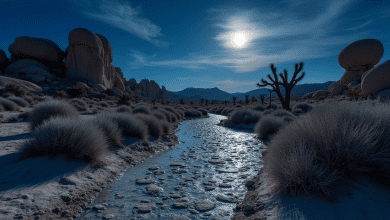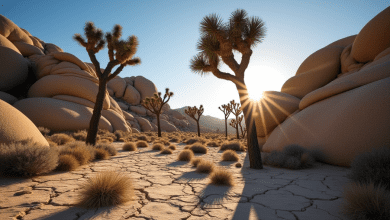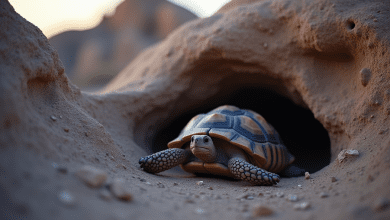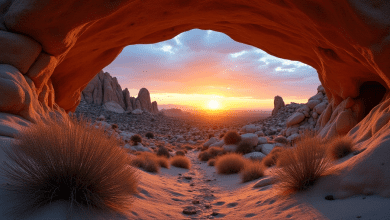How to Prepare for Water Shortages While Visiting Joshua Tree National Park
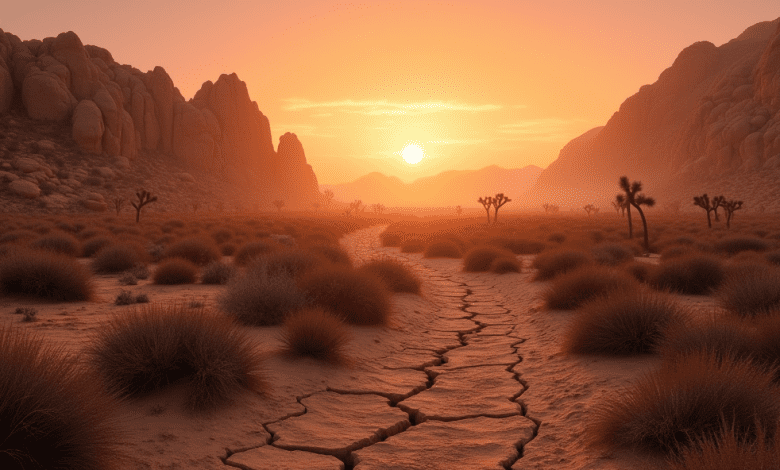
What if You Run Out of Water in Joshua Tree National Park?
Joshua Tree National Park, located in Southern California, is known for its stunning desert landscapes, unique Joshua Trees, and plethora of outdoor activities. However, while exploring this stunning park, one critical aspect that often gets overlooked is hydration. Running out of water in such an arid environment can pose serious risks to your health and safety. In this blog post, we will discuss the importance of water, tips for staying hydrated, and what to do if you find yourself running low on supplies.
The Importance of Proper Hydration in Joshua Tree
Understand the Climate
Before heading out to Joshua Tree, it’s essential to understand the climate. The park experiences extreme temperatures, particularly in the summer months, where daytime highs can exceed 100°F (38°C). The dry desert air can lead to rapid dehydration, making it vital to carry enough water during your visit.
Daily Hydration Needs
Generally, it is recommended to drink at least half a gallon (64 ounces) of water per day in hot weather. If you’re engaging in physical activities such as hiking, rock climbing, or biking, increasing your intake to one gallon (128 ounces) may be necessary. Listen to your body. Thirst is often a late indicator of dehydration, so it’s crucial to drink water consistently throughout your adventure.
Tips for Staying Hydrated
1. Plan Ahead
Before embarking on your trip to Joshua Tree, create a hydration plan. Research the trails you plan to hike and assess water accessibility. Although some areas may have water sources, it’s often limited or unavailable, especially in the hotter months. Don’t rely on finding water on the trail; always carry your own supplies.
2. Carry Enough Water
As a general rule of thumb, pack at least one liter (or about 34 ounces) of water per hour of hiking under normal conditions. For longer hikes, this can add up quickly, so be prepared to carry the appropriate amount based on your planned activities. Consider using a hydration bladder or water bottles that fit nicely in your backpack side pockets for easy access.
3. Consume Electrolytes
Along with water, it’s also important to consume electrolytes, especially during strenuous activities. Dehydration can cause the depletion of salts and minerals, leading to fatigue or cramps. Consider packing electrolyte tablets or drinks that are easy to carry and can be consumed throughout your journey.
4. Enjoy Cooler Times of the Day for Activities
When possible, plan your hikes and outdoor activities during the cooler morning or late afternoon hours. Doing so will help in reducing the amount of water you lose through sweat and will allow you to conserve your reserves. In the midday heat, find shade and rest — it’s a perfect time for a snack and some hydration.
What to Do If You Run Out of Water
1. Stay Calm and Assess
If you run out of water, keep calm. Panic can lead to poor decision-making. Find a shaded area to rest and assess your surroundings. Determine how much distance you have traveled and your planned route back.
2. Conserve Your Energy
Limit your physical activity to conserve energy and minimize sweating. Don’t attempt to push through exhaustion as this can exacerbate dehydration. Sit in the shade, reduce your body’s heat through shallow breathing, and apply any available cooling methods.
3. Look for Alternative Sources of Hydration
While it’s not advisable to drink from unknown water sources, in an emergency, you might consider looking for alternative solutions. Cacti and some desert plants might provide minimal moisture, but remember that consuming plants in a survival situation comes with risks.
4. Signal for Help
If you find yourself in dire circumstances without water and cannot safely return to your starting point, it’s crucial to signal for help. Use your phone to contact emergency services (ensure you have service in the area), or signal with a whistle or reflect light to attract attention.
Conclusion
Running out of water in Joshua Tree National Park can be a serious situation. However, with proper planning and precautions, you can ensure that you stay hydrated and safe while exploring this incredible landscape. Always remember to carry enough water, heed your body’s signals, and respect the desert’s environment. By following these tips, you can enjoy everything Joshua Tree has to offer without the worry of dehydration.
By utilizing these strategies, you can appreciate the beauty of Joshua Tree National Park while maintaining your health and safety. Happy hiking!
